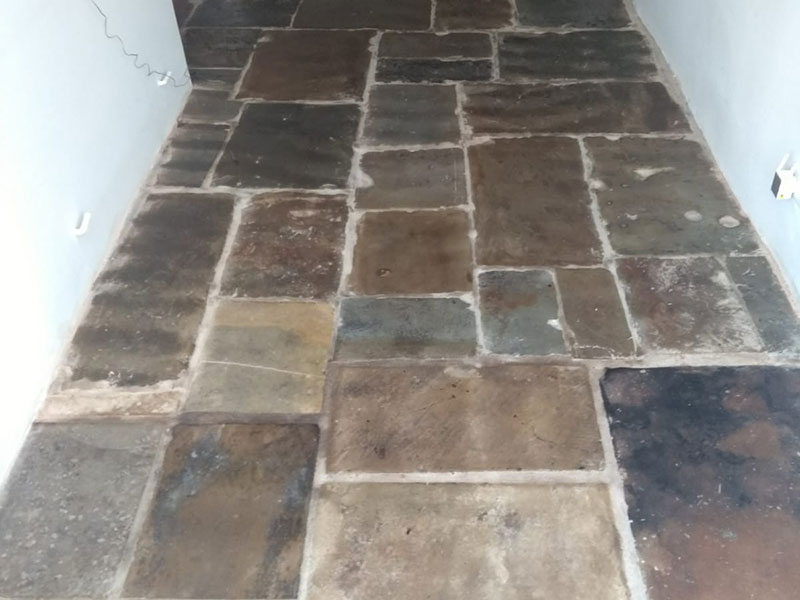Renewing natural stone is more than aesthetic appeal; it's an craft that combines craftsmanship with ecological awareness. In the last decade, the drive for eco-friendly practices has gathered steam in different industries, and rock renovation is no exception. If you are thinking about initiating a project to revitalize your natural stone surfaces, understanding the ramifications of your choices is crucial. This manual aims to provide insights into the most effective and eco-friendly methods for revamping natural stone, making sure that your work protect all of the aesthetic quality of your home but also the environment.
As we examine the intricacies of stone restoration, it is essential to acknowledge the the risks and the best practices that can lead to positive outcomes. From determining when it is the right time to restore your stone surfaces to steering clear of typical pitfalls in the task, this article will equip you with the insight you need. With the correct strategy, you can boost the charm of your stones while making selective actions that demonstrate a commitment to sustainability and historical preservation. Whether you're a DIY enthusiast or contemplating engaging a contractor, this comprehensive guide will shed light on the journey to revamping your authentic stone the eco-friendly method.

Common Mistakes in Stone Restoration
One frequent mistake in stone restoration is the use of improper cleaning products. Numerous homeowners assume that strong chemicals will effectively remove stains and dirt, but these substances can actually harm the stone. They can remove protective sealants and harm the stone's finish, leading to more extensive and costly repairs. It is important to use pH-balanced and stone-safe cleaners to preserve the quality of the surface while ensuring it remains clean.
Another frequent error is neglecting to properly assess the condition of the stone before starting restoration work. Every kind of stone requires a unique approach, and neglecting to identify underlying issues such as fractures, nicks, or moisture damage can lead to ineffective restoration efforts. Taking Check out here to inspect the stone thoroughly and talking to a professional if needed can save homeowners time and money in the long run.
Finally, many individuals attempt to undertake stone restoration as a DIY project without the essential skills or tools. While some tasks can be accomplished successfully at home, more complex restorations often require specialized knowledge and tools. Jumping into a project without proper preparation can lead to mistakes that not only reduce the stone's appearance but can also result in irreversible damage. Understanding when to hire professionals is key to achieving the optimal results in stone restoration.
Preserving Your Stone Finishes
Frequent maintenance is key to preserving the aesthetic and lifespan of your stone surfaces. To begin, ensure that you wash your stone consistently using a pH-neutral cleaner specifically made for real stone. Avoid caustic or rough cleaners, as they can ruin the material. Wiping up spills promptly and using mats or surface protectors can help prevent stains and marking. It’s also advisable to sweep the area regularly to remove dirt and debris that can damage the stone.
In addition to consistent cleaning, applying a defensive sealant can substantially enhance the durability of your stone tops. Sealants create a shield that helps to avoid stains and moisture from penetrating the stone. Depending on the type of stone and the amount of use it undergoes, it is advised to reapply sealant to surfaces every single to three years. This proactive approach not only keeps the beauty of the stone but also extends its durability.
Finally, be cognizant of the environmental factors that can impact your stone tops. For outdoor stone 设置, consider the influence of weather elements like precipitation, sun, and snow, which can cause wear over time. For indoor stones, regulate humidity settings and regulate temperature to prevent swelling and contraction that might result to cracking. By staying cognizant of these factors and carrying out routine maintenance, you can keep your stone finishes looking their finest for numerous cycles to come.
DIY vs. Expert Repair Options
When considering stone restoration for your property, one of the primary choices you will encounter is whether to tackle the project yourself or hire a specialist. Do-It-Yourself repair can be attractive for those who enjoy active projects and want to reduce cost. With adequate preparation, the right tools, and diligent techniques, property owners can successfully clean, repair, and maintain their stone surfaces. However, it is crucial to recognize that without knowledge, even insignificant mistakes can lead to costly damage or unsatisfactory results.
On the flip side, hiring a professional contractor brings a wealth of skill and dedicated understanding to the table. Professionals are trained to determine the type of stone, assess its condition, and apply the most suitable effective restoration methods. They can handle complex issues that may emerge during the project, ensuring a higher quality result and longevity of the restored surfaces. While this option may involve a larger initial investment, it can provide confidence and potentially save cost in the long run by avoiding the need for subsequent repairs.
Ultimately, the choice between DIY and expert stone repair is influenced by your skills, budget, and the specific needs of your project. For small touch-ups or specific tasks, do-it-yourself may be adequate. However, for major work or valuable stones, consulting a professional can yield better results and safeguard your assets in your property.
